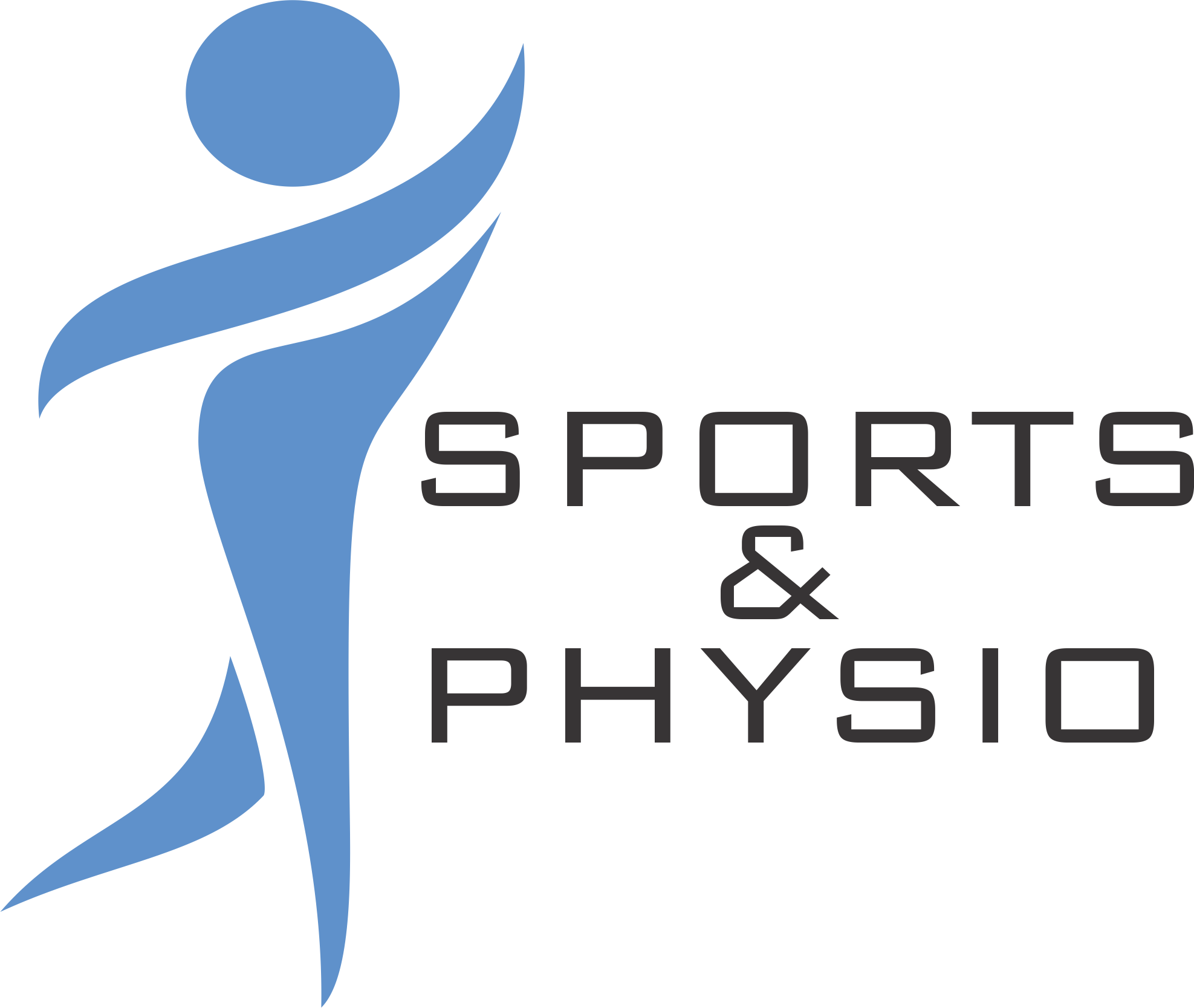1. Range of Motion Exercises
Range of motion (ROM) is the full movement potential of a joint, usually its range of flexion and extension. For example, a knee might lack 10 degrees of full extension due to an injury.
Range of motion exercises helps you move your joints to prevent stiffness. In addition, ROM exercises are done as a part of your warm-up exercise routine. There are three main types of range of motion exercises. They are:
I.Passive Range of Motion
In Passive Range of Motion Therapist or equipment moves the joint through the range of motion with no effort from the patient.
In Passive Range of Motion exercise, the physical therapist is the one moving the joint. No active movement is coming from the patient. This is usually done to prevent stiffness of the joint from being inactive or paralyzed.
Ideally lie down in a comfortable position to minimize bleeding, swelling and further damage. Rest may also involve the use of crutches, a protective brace or tape or the use of a sling etc.
Also, passive range of motion can be done in conjunction with passive stretching exercises. When we say passive stretching, the therapist or another person stretches the patient's/client's soft tissues.
II.Active-assistive Range of Motion Exercises
In Active-assistive Range of Motion Patient uses the muscles surrounding the joint to perform the exercise but requires some help from the therapist or equipment (such as a strap).
This type of range of motion exercise uses some assistance coming from the physical therapist. The patient can move his or her limb but cannot complete full range of motion because of weakness or pain.
This is done to slowly to increase the strength of the patient's specific muscle.
III.Active Range of Motion Exercises
In Active Range of Motion Patient performs the exercise to move the joint without any assistance to the muscles surrounding the joint.
All movements are performed by the patient in active range of motion exercises. The patient can perform the exercises without manual assistance from the therapist. The physical therapist may continually provide verbal cues on how to perform the exercises properly.
2. Balance Exercises
Building balance helps you stay steady on your feet and can reduce your risk for falling and injuring yourself. Balance exercises are especially important for older adults to incorporate into their exercise routine.
Balance exercises can help people with problems with balance, such as stroke or people who have muscle weakness. Balance exercises can also help prevent falls, which is a common problem among older adults.
Depending on your level of balance, your physical therapist can teach you balance exercises while on parallel bars. Once you can do the exercises without holding the bars, your therapist may suggest doing the exercises without it. You may progress to more difficult movements such as standing on one foot and heel-to-toe walking.
Examples of balance exercises include:
- Walking backwards or sideways
- Walking heel to toe in a straight line
- Standing on one leg at a time
- Standing from a sitting position
- Both lower body and core muscle strength training also help improve balance.
3. Muscle Strengthening Exercises
Muscle Strengthening Exercises,are the methods of improving muscular strength by gradually increasing the ability to resist force through the use of free weights, machines, or the person's own body weight. Strength training sessions are designed to impose increasingly greater resistance, which in turn stimulates development of muscle strength to meet the added demand.
In Muscle Strengthening Exercises, there are many exercises that your personal physical therapist can teach you to strengthen your muscles. No matter what your level of strength is (assessed in Manual Muscle Testing), your therapist can help. For example, if you have weakness in a certain muscle, your physiotherapist will instruct you to perform the exercise against gravity.
As your muscle strength increases, your physical therapist can increase resistance by letting you use elastic bands or weights.
4. Flexibility Exercises
A person's flexibility refers to the ability of your joints to move through a full range of motion. For every joint and every activity, there is a healthy range of motion that changes depending on what you're doing.
Stretching can help improve your body to become more flexible and limber. Your physical therapist can help teach you how to perform flexibility exercises on your own. You can do these exercises while at the comfort of your home.
Examples of Flexibility / Stretching Exercises:
- Shoulder Stretching Exercises
- Hamstring Stretching Exercises
5. Endurance Exercises
Endurance exercises any exercise that involves the use of several large groups of muscles and is thus dependent on the delivery of oxygen to the muscles by the cardiovascular system; used in both physical fitness programs and testing of cardiovascular and pulmonary function.
Endurance exercises can increase your breathing and heart rate improving the health of your lungs and heart. In addition, performing endurance exercises can improve your overall fitness.
6. Ambulation Exercises
One of the main goals of physical therapy rehabilitation is for you to achieve independent walking. Your therapist will assess your level of walking independence. Depending on your particular problem, your physical therapist may teach you ambulation exercises using walking aids such as a cane, walker, or crutches.
